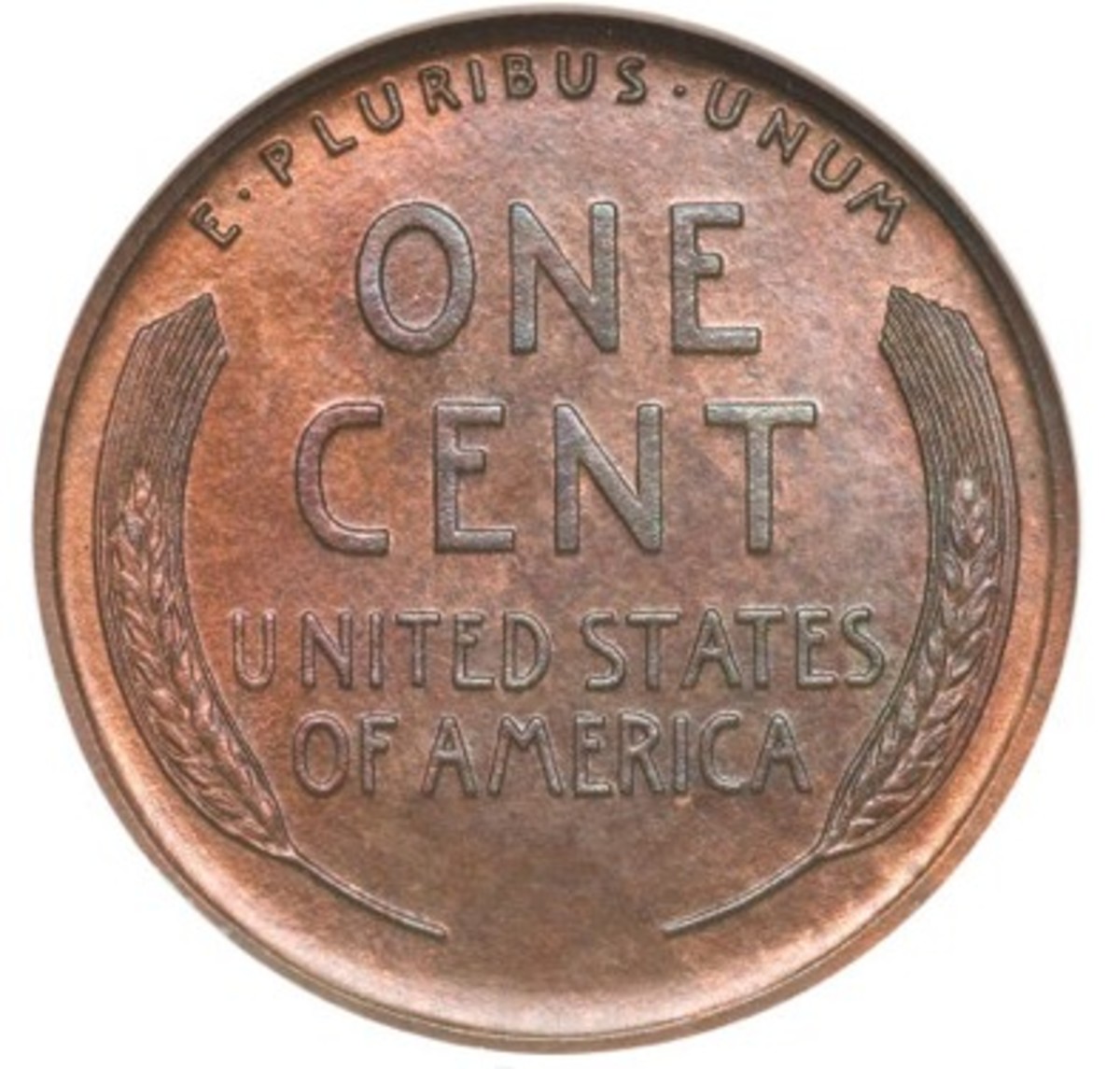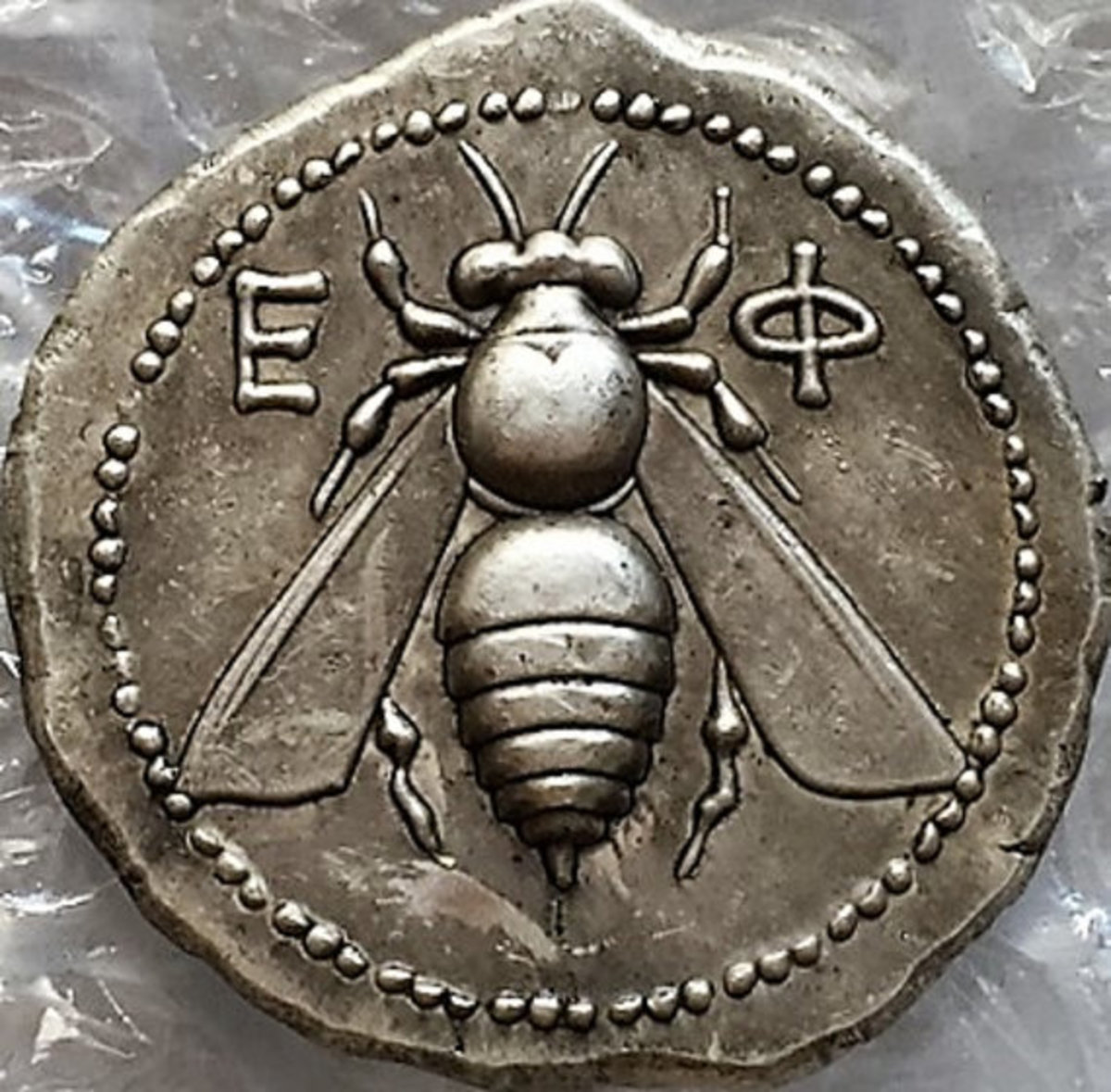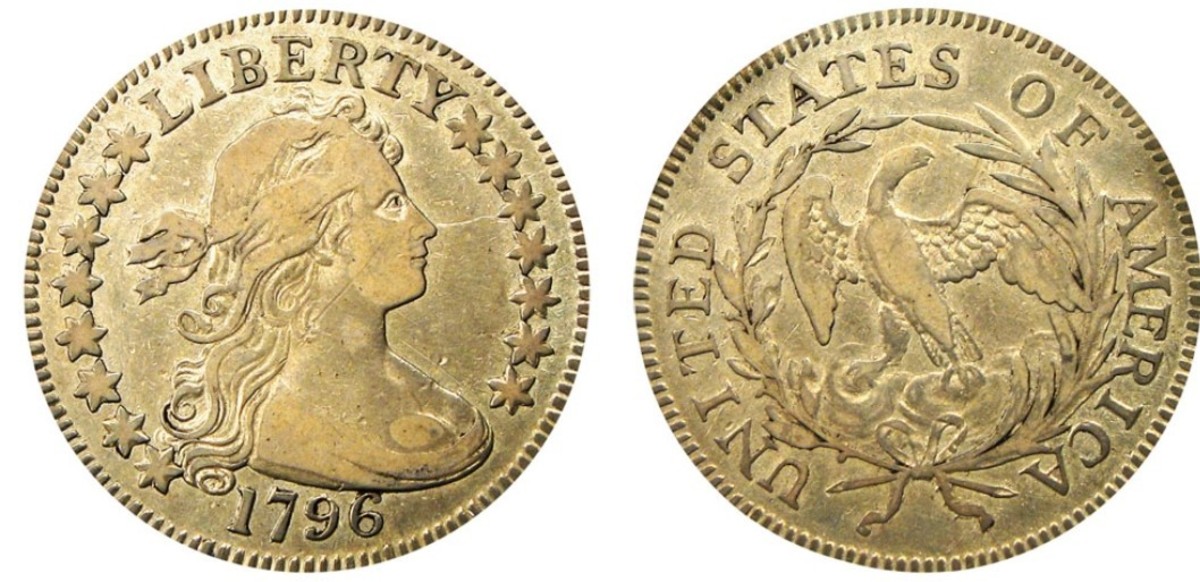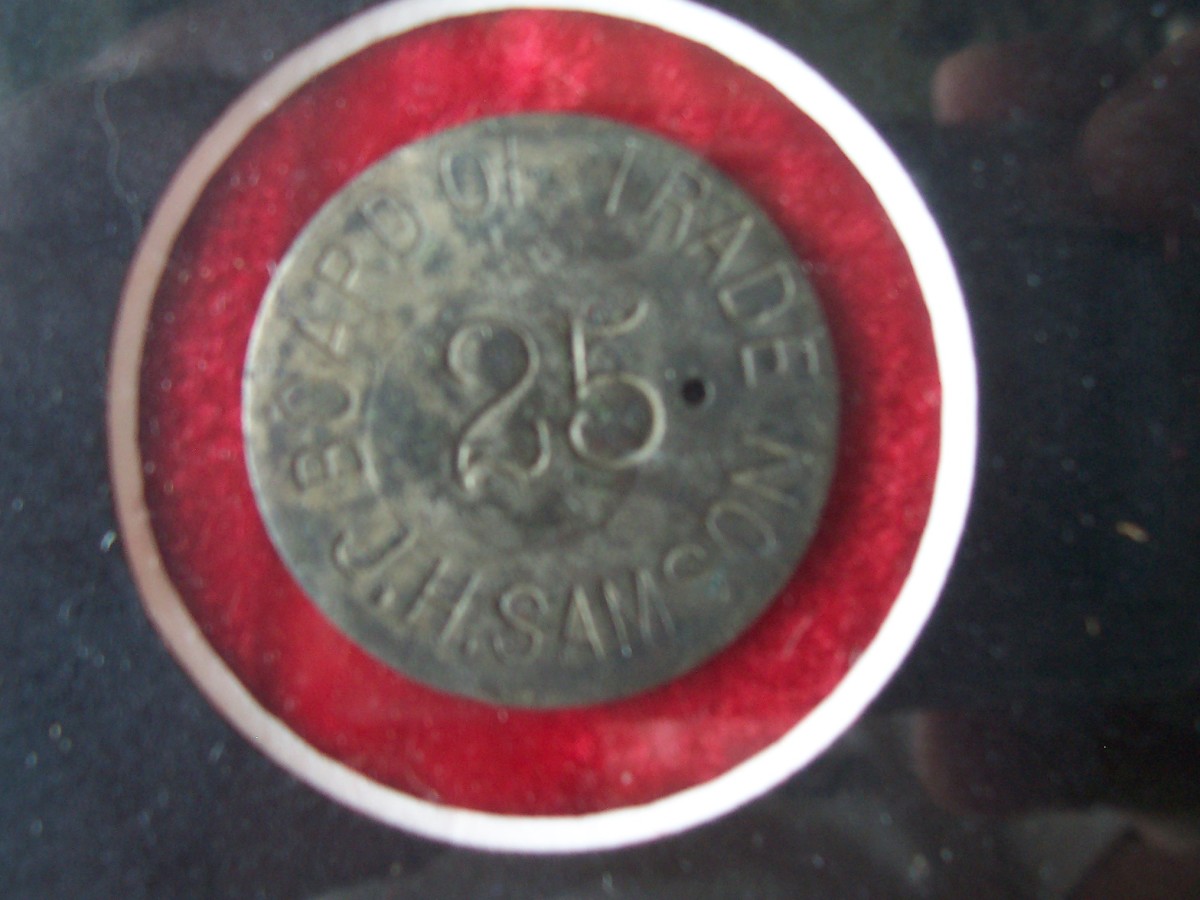A Penny To A Coin Collector
My US Coin Collecting Blog
For more information, you can visit my blog which will be regularly updated with new information and history at US Coin Collecting
What's A Penny Worth To You?
There aren't very many of us who think much of a penny when we get a couple in change at the cash register in a store, and if we see one on the ground we often walk right by it without thinking anything of it. The truth is though, the penny has an amazing and long history in the US, and pennies often make up a large portion of any serious coin collector's collection.
I would like to share with you some of the different designs and compositions of the penny, as well as some of the history behind them. Most of us know that Lincoln is on the face of the penny, and has been for quite some time now, but have you ever seen any of the designs prior to Lincoln's head? He has only been on the US penny since 1909, as a commemoration to what would have been his 100th birthday, but the one-cent US penny has been in production since 1793!
Do you collect?
How big is your coin collection?
Two Great Guides For Any Coin Collector
Large Cent and Small Cent Pennies
Coin collector's would be familiar with these two terms: Large Cents and Small Cents, but to the untrained person, they might be wondering what I am talking about. Well, as I mentioned before, the one-cent penny has been in production in the United States since 1793, and from then up through 1857, the penny was much larger than what they are today. In fact, they were the about the size of, or bigger, than the Susan B. Anthony dollar. To put it into another perspective, the current weight of a standard US quarter is 5.67 grams, and the first production penny weighed a massive 13.48 grams!
Pennies didn't size down until 1856, and the common Lincoln penny we all know of today didn't come around until 1909.
Next we will cover some of the different designs of large cent and small cent pennies, as well as their production years, and some of the different metal compositions used to create these pennies.
US Large Cent Penny Designs
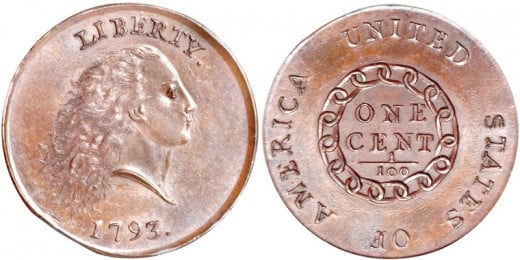
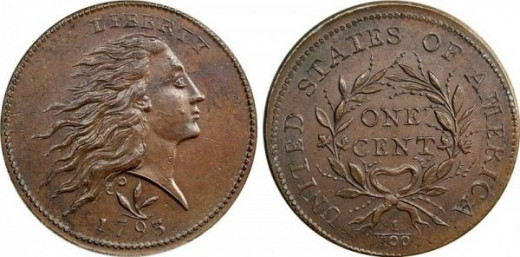
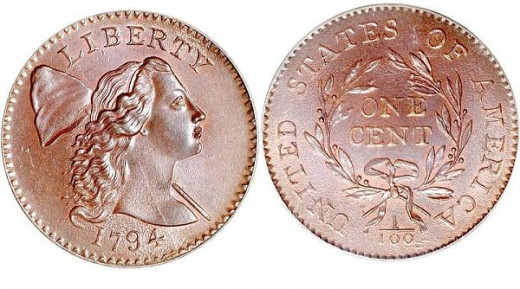
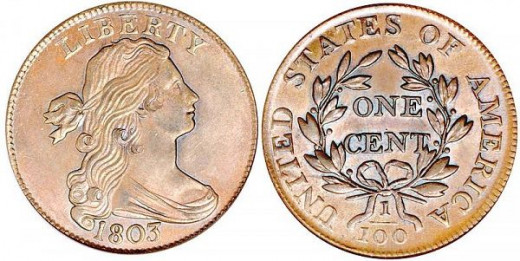
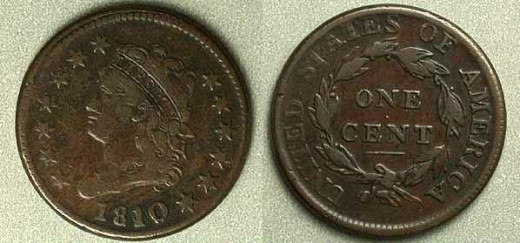
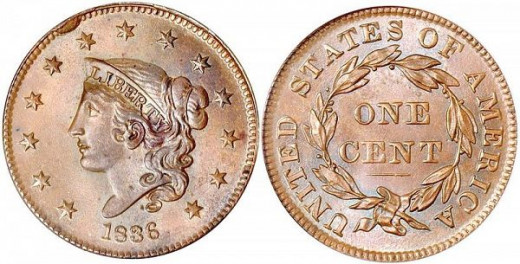
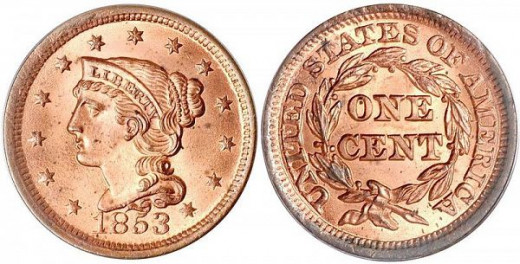
Large Cent Pennies
As a reminder, large cent pennies were in production from 1793-1857. There were seven different designs of the large cent pennies, and they were all made up of 100% copper. The different designs are as follows:
- The Flowing Hair Chain penny was only produced in 1793
- The Flowing Hair Wreath penny was also only produced in 1793
- The Liberty Cap penny was produced from 1793 to 1796
- The Draped Bust penny was produced from 1796 to 1807
- The Classic Head penny was produced from 1808 to 1814
- The Coronet penny was produced from 1816 to 1839
- The Braided Hair penny was produced from 1839 to 1857, and was the final production of the large cent penny.
Did you notice that I skipped over 1815? This is because the US mint had no copper to produce the penny with, because the War of 1812 was still going on. The US government was resourcing all of the copper they had available towards war efforts, thus there was no copper available to the US mint in 1815!
The names that the large cent pennies are known by refers to the design on the front face of the penny, aside from the two Flowing Hair pennies. While the Flowing Hair does describe the design on the front side, the Chain and Wreath are the design that is seen on the rear face of the penny.
Although the design on the front of all of the US large cent pennies is supposed to be Lady Liberty, you can see that she is imaged numerous ways.
US Small Cent Penny Designs
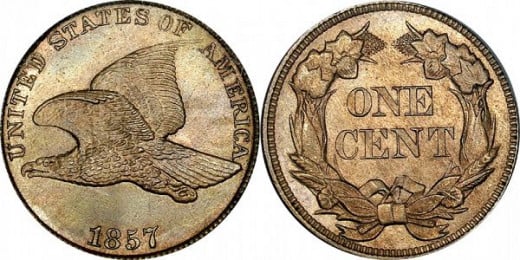
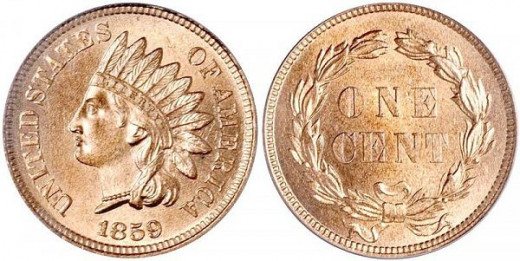
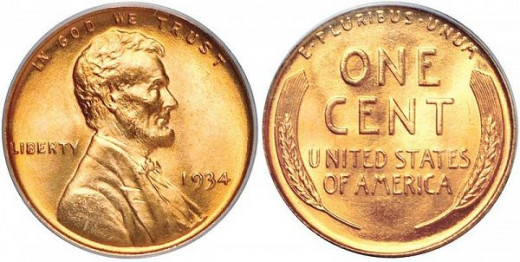
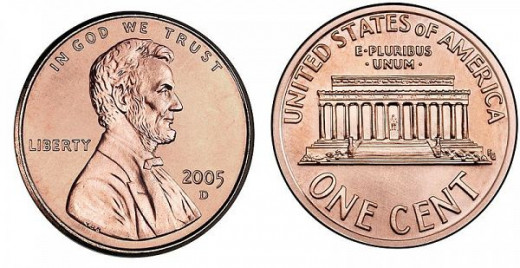
Were you reading?
view quiz statisticsSmall Cent Pennies
I will only be covering the earlier designs of the small cent US pennies, because we are very familiar with most of the newer Lincoln designs. The first small cent penny was produced in 1856, and is roughly the same size as the penny currently in production. During the production of the small cents, the composition of metals used to create the pennies varied from bronze, to brass, zinc, and even steel. The different designs are listed below:
- The Flying Eagle penny was produced from 1856 to 1858
- The Indian Head penny was produced from 1859 to 1909
- The Lincoln Wheat penny was produced from 1909 to 1958
- The Lincoln Memorial penny was produced from 1959 to 2008
- In 2009, to celebrate Lincoln's bicentennial birthday, the Lincoln Bicentennial 4 were produced, featuring four different rear face designs in remembrance of the life of Abraham Lincoln
- From 2010 to current production is the Lincoln Union Shield penny
Remember that all of the large cent pennies were made exclusively from copper? Well that changed quite a bit throughout the life of the small cents. In fact, the materials used have changed multiple times throughout the years, from bronze, to brass, to zinc. There was even one year that pennies were made of steel! The different compositions are listed below:
- From 1856 to 1864, small cent pennies were made from 88% copper and 12% nickel
- From 1865 all the way through 1942, pennies were made from 95% copper, and 5% tin and zinc, otherwise known as bronze
- 1943 was the only year that pennies were made from steel, and you'd know one quick if you ever saw one!
- From 1944 to 1946 the US mint used brass to make pennies, which is 95% copper and 5% zinc
- From 1946 to 1962 they switched back to the bronze mixture of 95/5
- And from 1962-1981 it was changed yet again back to brass
- In 1982, the brass pennies were phased out to what it currently being used today, which is a composite of 97.5% zinc and a mere 2.5% copper


